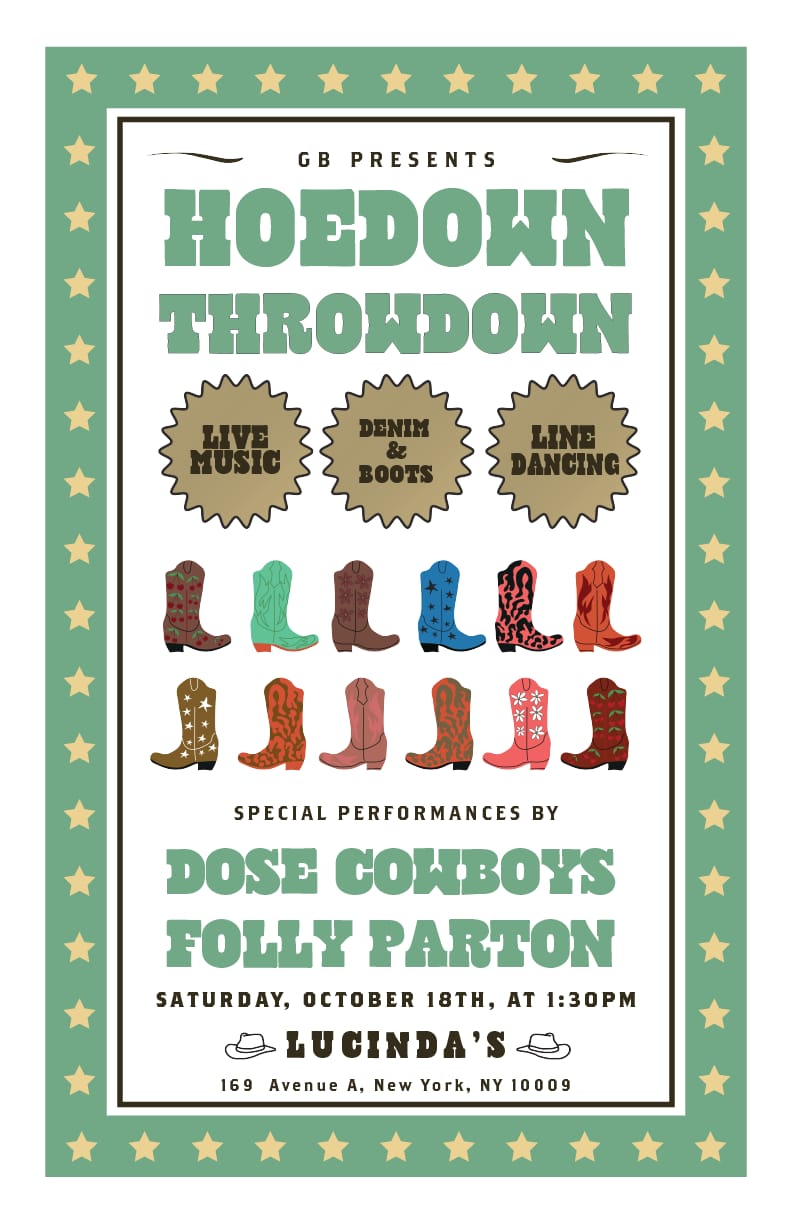- fred's garden
- Posts
- a composer's mindset
a composer's mindset

in nyc tomorrow (saturday 10/18)? come hang with me and my buddy Kieran at Lucinda’s as we play cowboy to get you shakin’ your honky tonk badonkadonk.
show starts at 2—hope to see you there!

yes—we are “dose cowboys”
how do we trust what we can’t understand?
as AI embeds itself deeper into our daily lives, the tension between mechanical and human reasoning grows starker. machines process information with inhuman speed and scale—and yet, they’re often wrong, confidently and consistently so.
—
I’m reading a thoroughly intriguing book on the evolution of computer-assisted art: Digital Mantras, by Steven Holtzman. its core tenet is that computers not only excel at manipulating abstract structures—it’s what they’re designed for.
what exactly is an “abstract structure”? according to Holtzman, it’s an explicit, rule-governed system to which operations, algorithms, or formulas can be applied.
he provides fascinating examples: from Sanskrit grammar to Bach’s counterpoint to modern fractal art, Holtzman traces how humanity has long used such structures to translate thought into form. computers, he suggests, simply extend that lineage to superhuman scale.
(as a side note, published in 1994, his visions of virtual reality are nothing short of prophetic)
—
I love that Holtzman dives into the history of musical composition, in part because he shows the depth of thought applied to developing theoretical approaches to music over time.
for hundreds of years, composers followed strict contrapuntal rules—only to disregard them completely by the turn of the 20th century. from there, “modern” techniques began to differ from the structures that govern popular music, instead heading into more abstract and atonal works such as Karlheinz Stockhausen’s Study II, or more famously John Cage’s 4:33.
even toward the end of Digital Mantras, Holtzman notes this departure—calling into question definitions of beauty and artistic value that challenge but, for me, ultimately fall flat. I’m more interested in humanity’s ability to deepen its experience than in computers’ ability to convey more complex levels of information.
—
even within folk traditions, theory underlies emotion. my own compositions often begin with theoretical concepts—emotion encoded in pattern:
Oiseau, a song in 11/8 meter that flips from a 5/6 subdivision to a 6/5 subdivision in the 5th bar of each form repetition
Breathe, an improvised exploration of a single tonal center and melodic theme
Stuck in a Moment, for which the key emotional point hinges on a harmonic frame staying the same as everything around it changes
but those concepts still exist within a defined, familiar structure: a ten-song album, thirty minutes in length, released on streaming platforms and CD.

look at the ableton project for a song off my upcoming album—what structures stand out?
—
the composers Holtzman highlights—Stockhausen, Koenig, Xenakis—sought to completely redefine our relationship to music and, by extension, to one another.
it’s striking to read about the techniques employed by artists with limited computational power, only to spool up ableton today and end up doing… essentially the same thing commercial artists have been doing for eighty years.
and yet this is what draws me to folk music: human behavior has proven remarkably resilient, even as we build more complex societal systems. the more we can align those systems with what emerges naturally—in harmony with nature—the richer and more fulfilling our lives become, and the more effectively we connect with each other.
is it a matter of making the basic structures more complex, or the complex ones more basic?

other updates:
album mix is slowly coming together … check out a rough mix of Friday Night!
new YT videos are up!! we react to Aretha Franklin and the Rolling Stones 🤘🏼
mark your calendars: I’m back at the Shrine Harlem on sunday 11/16 at 7pm!